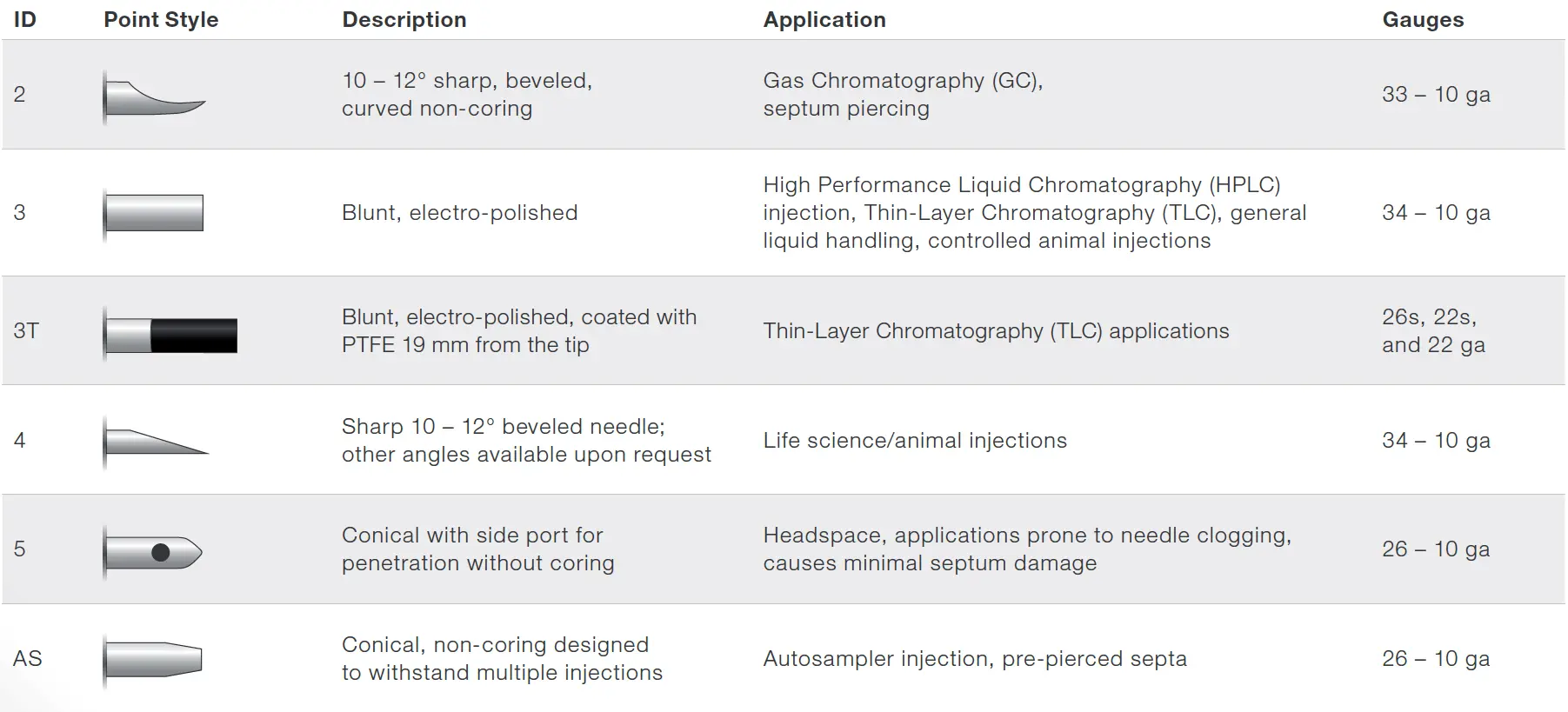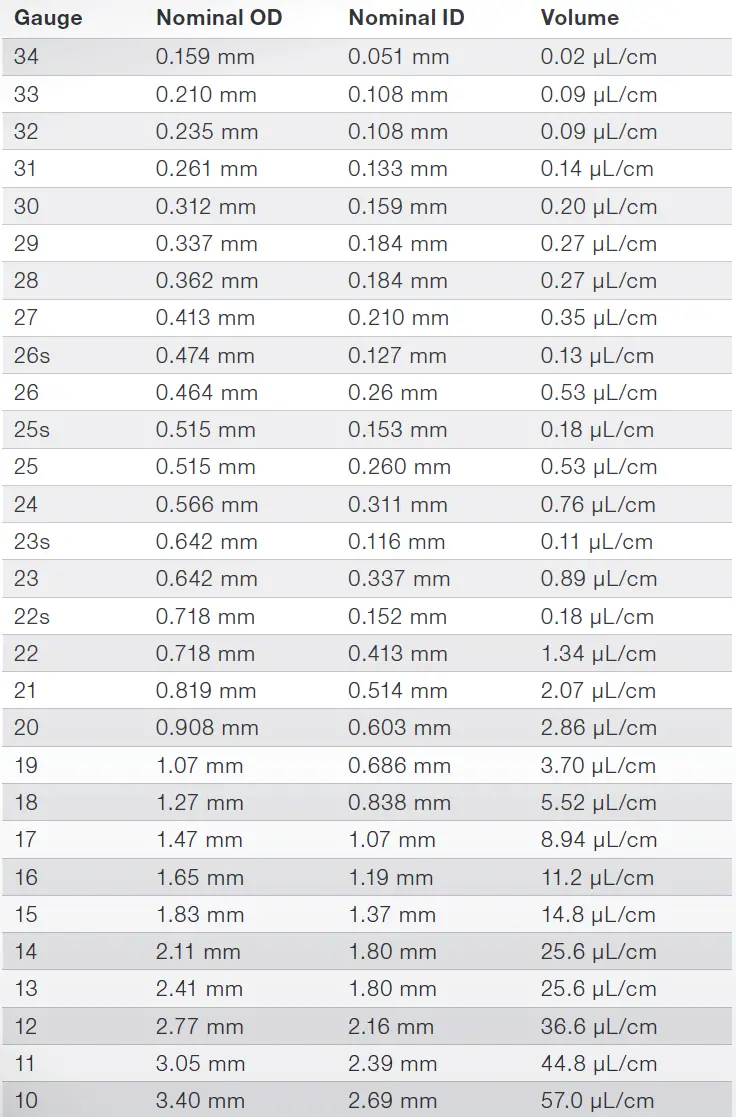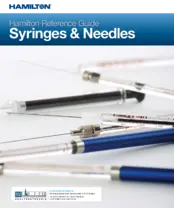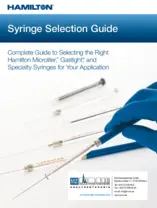Checkout using your account
Checkout as a new customer
Creating an account has many benefits:
- See order and shipping status
- Track order history
- Check out faster
Syringe Accessories
Syringe accessories are an essential part of chromatography and contribute significantly to the precision, efficiency and reliability of sample preparation and injection. These accessories complement the functionality of the syringes and enable optimal handling and maintenance.
The main types of syringe accessories include:
Replacement needles: Needles can be subjected to different stresses depending on the application and therefore need to be replaced regularly. Replacement needles are available in different diameters and lengths to fulfil a variety of injection requirements.
Needle cleaners: Needle cleaning is critical to prevent clogging and ensure consistent injection. Needle cleaners remove residues and contaminants that could affect the accuracy of the analysis.
Pistons and seals: Wear parts such as plungers and seals need to be replaced regularly to ensure syringe tightness and functionality. High-quality replacement plungers and seals ensure consistent performance and prevent leaks.
Syringe holder and stand: These accessories provide safe and organised storage of syringes when not in use. Syringe holders and stands prevent damage and make it easier to access the syringes during work.





 Hamilton Syringe Needle Reference Guide
Hamilton Syringe Needle Reference Guide
 Hamiton Syringe Selection Guide
Hamiton Syringe Selection Guide